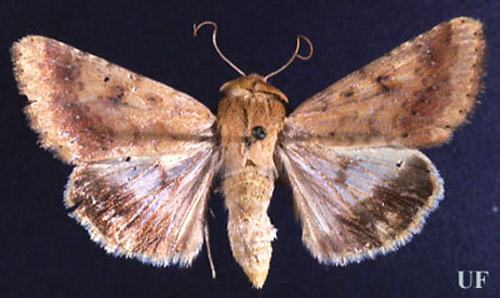Alabama hemp producers are tackling one pest after another this growing season. They started with fire ants not long after the crop was planted. Now, according to Katelyn Kesheimer, Auburn University Assistant Professor and Extension Specialist, the key insect is corn earworm.

“They’re really hard to control because they start small. Then they’ll be eating and eating and eating and you don’t see them until you see the damaged buds, or you really do some destructive sampling to get at those tiny first n-stars. Instead of having one big egg lay, it’s kind of like a sustained egg lay that we’ve seen in the last couple of weeks,” Kesheimer said.
The caterpillars feed on the buds and can cause significant yield loss, because they eat so much as they grow. As they chew, they also open that plant and some pathogens can get it and farmers could end up with bud rot.
Hemp is flowering throughout the state, which makes it most susceptible to infestations. It is the perfect time of year for corn earworms to be a problem as well. They move from crop to crop.
“Corn is being harvested, cotton is drying down and it’s the same flights that started a few months ago. They start in corn and they move to cotton and now they’re going to hemp,” Kesheimer said. “It’s a nice, lush green crop for them to lay eggs in. I think it’s just the timing and we have just a lot of insects in the system. It was kind of slow for a little bit but the last couple of weeks have really picked up.”
Kesheimer noted that producers have a plethora of products to utilize but spray coverage remains the key factor in managing the worms.
“Here in Alabama we have probably almost 100 products labeled for hemp. But the most important thing for the worms is getting really good coverage. You have to get really high volumes to get into those dense canopies where the buds are where the worms are hiding,” Kesheimer said.









